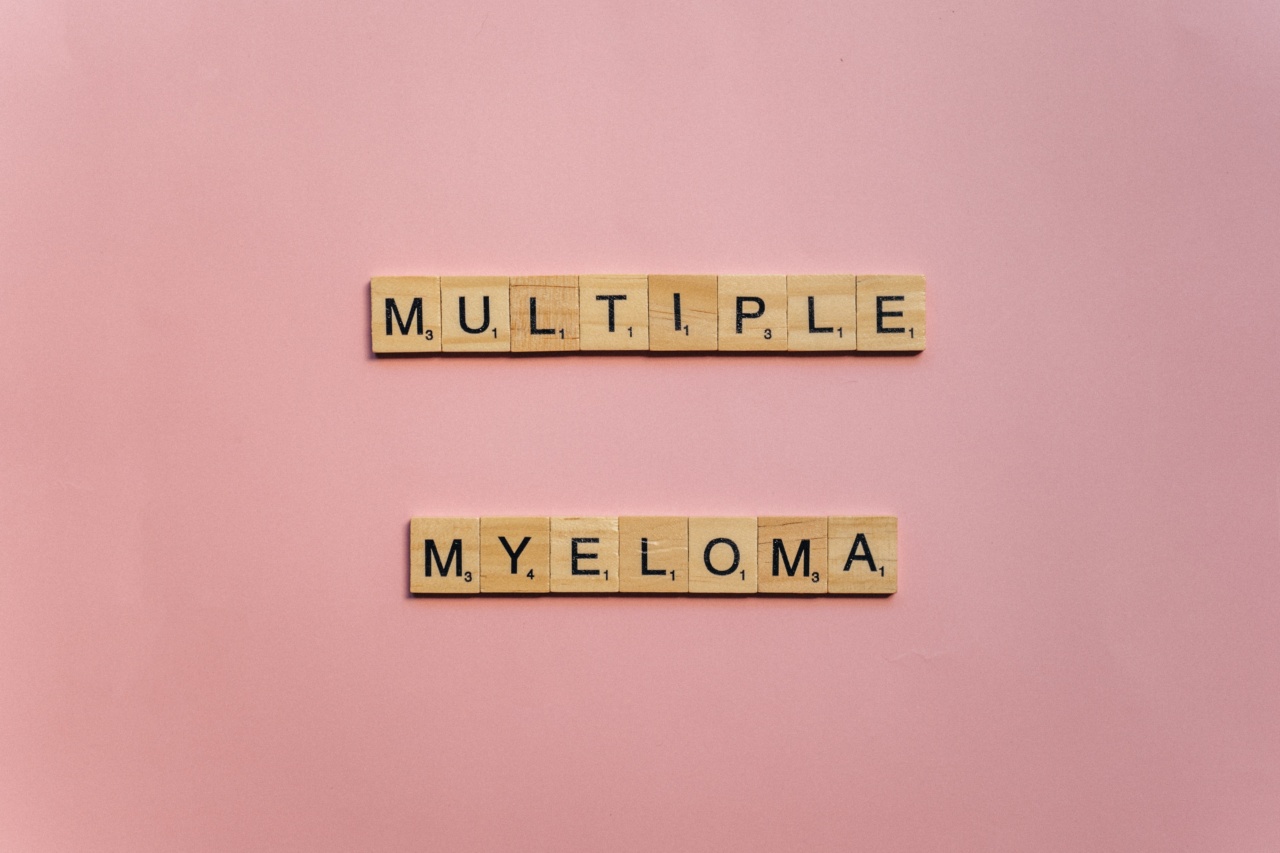Recent studies have revealed a potential link between fungal infections and cancer development.
While the relationship between cancer and microorganisms such as bacteria and viruses has been extensively studied, the role of fungi in carcinogenesis has remained largely unexplored. However, emerging evidence now suggests that multiple fungi can be detected within cancer masses, indicating a possible correlation between these organisms and the onset or progression of cancer.
Fungi in cancer: an unexpected discovery
Traditionally, cancer has been primarily attributed to genetic mutations or environmental factors. However, the discovery of fungi within cancer masses has opened up new avenues of research into the etiology of malignancies.
The presence of fungi in tumors was initially considered incidental, but recent studies have shown consistent results across various cancer types and in different regions of the world. This highlights the need for further investigation into the potential relationship between fungi and cancer.
Identifying the fungi-cancer connection
Researchers have employed advanced techniques to identify and differentiate various fungal species present within cancer masses.
Through the use of genetic sequencing and molecular profiling, specific fungi have been found to be more prevalent in certain types of cancer. For instance, Candida albicans, a commonly found fungus associated with infections, has been frequently detected in breast and skin cancer samples. Similarly, Aspergillus fumigatus has been observed in lung cancer cases.
These findings raise intriguing questions about the potential mechanisms through which fungi may contribute to cancer development.
It is postulated that fungal infections could trigger chronic inflammation, disrupt the immune system, or produce carcinogenic metabolites, all of which could directly or indirectly facilitate tumor growth and progression.
The impact of the tumor microenvironment
The tumor microenvironment plays a crucial role in cancer progression and therapeutic responses. Fungi present in cancer masses could alter the microenvironment by releasing molecules that affect immune cells and promote angiogenesis.
Studies have shown that specific fungal metabolites, such as gliotoxin, can impair the function of immune cells and enhance the survival and growth of tumor cells. These interactions between fungi and the tumor microenvironment warrant extensive investigation to understand their precise roles in cancer development.
Challenges and controversies in the field
The presence of fungi in cancer masses has raised several challenges and controversies within the scientific community.
Detecting fungi within tumors is technically demanding, and contamination from external sources needs to be ruled out to ensure accurate results. Moreover, the significance of fungal presence in cancer is still a matter of debate.
While some researchers believe that fungi could be contributing factors to carcinogenesis, others argue that their presence might simply be a consequence of the compromised immune system typically observed in cancer patients.
Another significant challenge lies in establishing a causal relationship between fungal infections and cancer development. Longitudinal studies, animal models, and well-controlled clinical trials are needed to provide strong evidence of a direct link.
Such research would help shed light on whether antifungal therapies could potentially be used as adjuvant treatments for certain types of cancer, as well as the potential preventative strategies that could be developed to reduce the risk of fungal infections leading to cancer.
Future directions in fungal-cancer research
As the understanding of the fungal-cancer connection continues to evolve, there are several avenues for future research in this field.
First and foremost, efforts should be made to corroborate findings from different studies and identify consistent associations between specific fungi and cancer types. The development of standardized techniques for fungal detection within tumors would greatly facilitate the comparison of results across different research groups.
Furthermore, research should focus on elucidating the precise mechanisms through which fungi interact with the tumor microenvironment and impact cancer progression.
This could involve exploring the host’s immune response, the influence of fungal metabolites, and the role of chronic inflammation in promoting tumor growth. Additionally, investigating whether antifungal therapies have any therapeutic potential in specific cancer types should be a priority.
Conclusion
While the presence of fungi within cancer masses was initially an unexpected discovery, accumulating evidence suggests that there may indeed be a connection between these microorganisms and cancer development.
The identification of specific fungi in various types of cancer, as well as their potential impact on the tumor microenvironment, highlights the need for further investigation into this fascinating field. As researchers continue to delve into the fungal-cancer relationship, potential therapeutic and preventative strategies may emerge, offering hope for improved outcomes in cancer treatment.

























